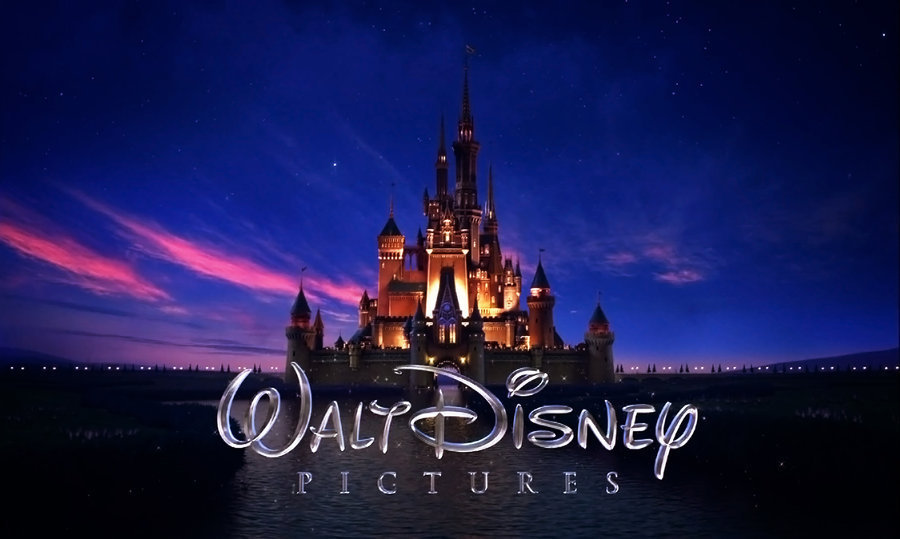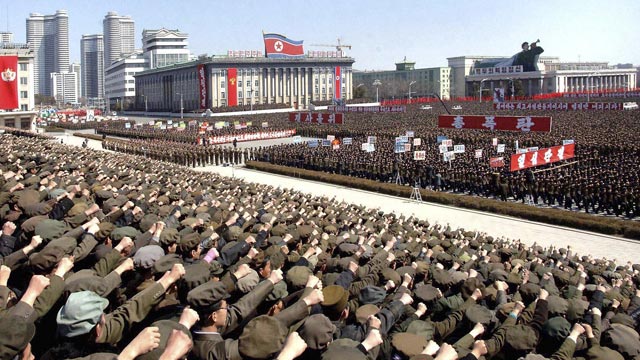By the first time
launching the new X-Box & PS3 is at 2005. Many consumers wanted to grab it
for its resolution, performance, and the most important “GAMES”. From looking at
this situation, we still can find many consumers playing now at years 2013. Although
there are many consumers, but there are also some consumers that can’t
affordable to buy. Therefore it might be too expensive for buying it at the
prices of 599$ & 499$ at years 2005. Good news is years pass by, and the
Firms decided to cut their prices X-Box to 184.99$ & Ps3 to 149.99$ at
years 2013.
 As we know higher brand
product sure must be having many competitors. As the most popular games station
must be having many competitors outside. We know that a luxuries product is
elasticity to everyone. Obviously, when we saw the prices from 599$ drop to
184.99$ or even 499 drop to 149.99$. This will surely make a great increase on
demand because it has elastic demand on it.
As we know higher brand
product sure must be having many competitors. As the most popular games station
must be having many competitors outside. We know that a luxuries product is
elasticity to everyone. Obviously, when we saw the prices from 599$ drop to
184.99$ or even 499 drop to 149.99$. This will surely make a great increase on
demand because it has elastic demand on it.
From any players, we
know that although 184.99$ might be become cheaper, but that is still the most
expensive prices in the market. Because it contain the best needs and wants
that consumer’s need. This is because worldwide games can be easily found from them;
this is why it become more elastic due to the substitution effect
As the largest and
strongest market competitor, they can even play around the price of play
station by increasing or decreasing to maximize their demand.
By, Lam Pin Jia
0315226




















